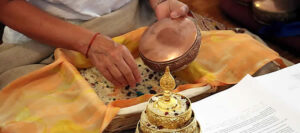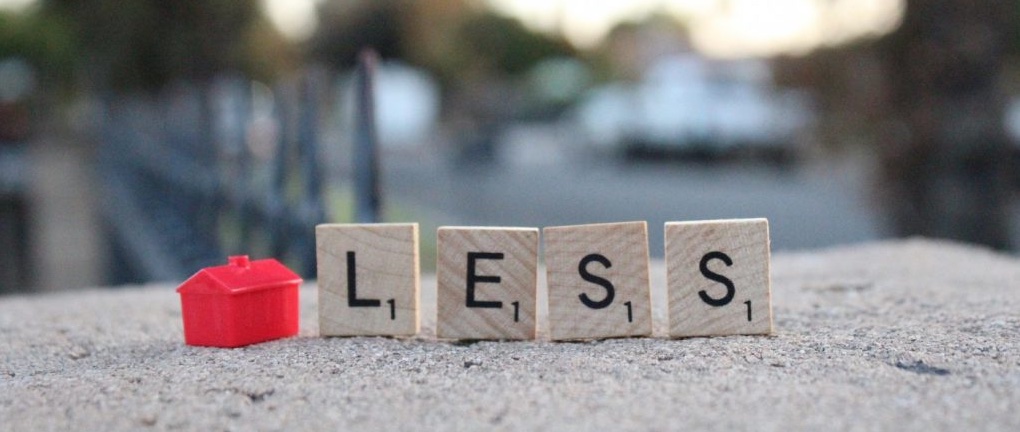As a Buddhist, it isn’t unusual to have thoughts about “path”, but at this time of year it always very much at the fore. Each ‘twixmas’ I spend those ‘in-between days’ reflecting on the year just gone, and feeding any insights into the year ahead. I have been doing this same process for 12 years now; and flicking back through previous reviews always invigorates. It also brings into view the thread over time; the path quality of life. Furthermore, my forthcoming book, Weaving the paths of Buddhism and Psychotherapy: the Practice of Human Being, is centred on “path”, and these coming weeks see it on its final trajectory toward landing with the publisher. As the title suggests, two paths are actually one – the path of being human.
But “path” is particularly at the forefront of my mind having spent this week preparing and delivering a session for our MSc psychotherapy trainees. A session that centred on my experience of performing heuristics research and aimed at supporting the group with their own Masters research that comes toward the back end of the four-year training.
The last time I gave this lecture was in the first year of my teaching role on the counselling and psychotherapy courses at the University of Brighton, the same year I finished my MSc. To teach the same session seven years on; to be among this group of trainees; to recount the time I was sitting in their seats – it brought back a lot of memories, and much reflection on the path in between.
Heuristics is known to be a challenging research methodology. Chosen by those who subscribe to a phenomenological epistemology, it is a methodology that centres on research questions with a very personal nature; a “personal quest”. As I explained to the trainees, my own experience is that heuristics chose me! It was a natural match given my interest was “The experience of therapists using the Buddhist Dharma and meditation in their psychotherapy practice”. I was one of those: an aspirant on the path of building a private practice and wishing to work with a Buddhist frame of the human condition. As I detail extensively in my book, having trained as a ‘mainstream’ psychotherapist in Western models, how to integrate my human being (as explored through the Buddhist path) was such a “personal puzzlement”, and I wanted to speak to others who had trodden that path.
 Maybe the more personally we are invested in such an exploration*, the more challenging heuristics gets! As I presented my work yesterday, a number of the students pointed out how “involved” my methods were. Indeed, it wasn’t only the methods that I overcooked! I remember being just 4 weeks from the submission deadline and having 37,000 words written – fine if I was submitting a PhD, but some 25k over a dissertation thesis for a Masters! I had “surrendered to the free-fall” true to the invitation of Carl Moustakas, the creator of this type of research.
Maybe the more personally we are invested in such an exploration*, the more challenging heuristics gets! As I presented my work yesterday, a number of the students pointed out how “involved” my methods were. Indeed, it wasn’t only the methods that I overcooked! I remember being just 4 weeks from the submission deadline and having 37,000 words written – fine if I was submitting a PhD, but some 25k over a dissertation thesis for a Masters! I had “surrendered to the free-fall” true to the invitation of Carl Moustakas, the creator of this type of research.
…and I am still falling.
Choygam Trungpa Rinpoche penned perhaps my all time favourite Dharma quote: “The bad news is you’re falling through the air, nothing to hang on to, no parachute. The good news is, there’s no ground.”
Surrendering to the free-fall is in fact “very good news“! Four weeks from my deadline this did not feel the case! But as I explained to the group yesterday, I have no regrets in choosing heuristics, nor biting off more than I could chew. The re-search was more than an assignment to attain an award, and with it, a licence to practice. The yearlong process** turned me inside out; it helped me find and re-claim long-lost aspects of myself. I don’t think I had experienced such growth through such pain before. Buddhism has a few ways of expressing this – the choiceless choice, the journey without goal.
 And since that research project, I have come to know this painful growth as a repeated motif on the Buddhist path – especially now as a practitioner of Vajrayana Buddhism and completing the practices of Ngondro. It is a paradox. I am on a path, and yet there is no-where to get, no-where to go. Having just finished the second of the Ngondro practices and moving onto the third, this quality is amplified. I am now doing what is called ‘mandala’ practice – I build models of the universe using rice, and then swipe them away in an offering. A bit like building sandcastles and immediately kicking them down…108,000 times!! Those repetitions only encourage free-fall surrender. Nothing to hang on to, no-where to get, no-where other to be. It reminds me of sisyphus – and how happiness for him could only come from engaging fully in the choicelessness.
And since that research project, I have come to know this painful growth as a repeated motif on the Buddhist path – especially now as a practitioner of Vajrayana Buddhism and completing the practices of Ngondro. It is a paradox. I am on a path, and yet there is no-where to get, no-where to go. Having just finished the second of the Ngondro practices and moving onto the third, this quality is amplified. I am now doing what is called ‘mandala’ practice – I build models of the universe using rice, and then swipe them away in an offering. A bit like building sandcastles and immediately kicking them down…108,000 times!! Those repetitions only encourage free-fall surrender. Nothing to hang on to, no-where to get, no-where other to be. It reminds me of sisyphus – and how happiness for him could only come from engaging fully in the choicelessness.
When there is no-where to get, no-where to be, we find “home” in the homelessness. Home is not only NOT a place, the path toward it IS home.
I shared with the MSc trainees that the final finding from my research, that of “loneliness and belonging” came at me out of no-where. Looking back over my life it seems obvious now that my endeavours to create teams, form groups, communities came from this yearning for a place to belong, to find a home. But now, this path highlights that “end of belonging” quality that I wrote about in my last blogpost. As a Buddhist refugee, home is one of freefall; on having no fixed abode.
And no fixed opinion. I am learning through practices such as 108,000 prostrations, 108,000 Vajrasattva mantras, and now 108,000 mandala offerings slowly erodes having any preference***. This is the View of Vajrayana Buddhism. Letting life live itself, and not resisting change, impermanence. Ruella Frank, a Gestalt psychotherapist, uses the beautiful word “yield”; similarly, Buddhist teacher Elizabeth Mattis Namgeyl points to “grace”.
The more we surrender, let go, the less we suffer. Not hanging onto anything means we don’t have anything to lose. It is, of course, a practice.
THE practice of human being.
—————————-
*Robert Romanyshn, an author I devoured during my research process, calls this ‘re-search’: how we end up with a question that allows us to re-find lost aspects of ourselves
**Heuristics invites a real indwelling, to live and breathe the research question – it is, after all, a quest. Moustakas proposed six phases (initial engagement, immersion, incubation, illumination, explication, and creative synthesis) that move the researcher from tacit knowledge to a knowing that has meaning, that can be symbolised i.e. from implicit to explicit.
***especially any preference for a clean and tidy practice space – the rice grains see to that!

